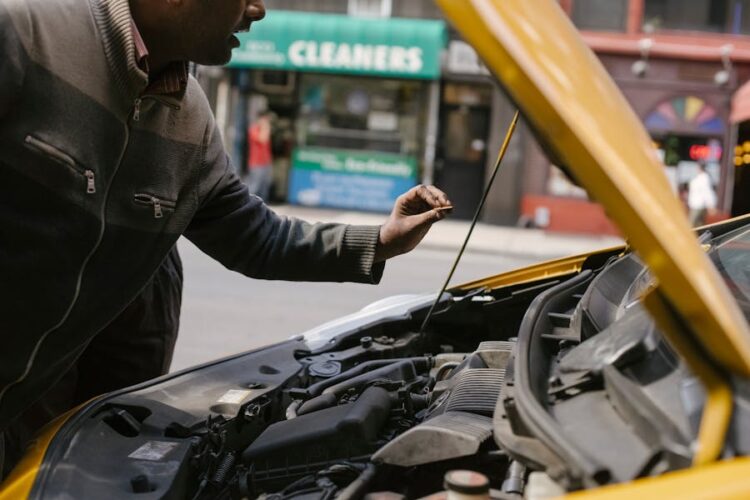In Texas, where speeding or driving at an unsafe speed was responsible for 25.7% of car crashes in 2023, the role of vehicle defects can often complicate liability issues even further. Vehicle defects, ranging from faulty brakes to malfunctioning airbags, can critically influence the outcome of an accident, shifting or distributing liability among manufacturers, drivers, and other parties. Understanding how these defects impact accident scenarios is essential for any claimant seeking to establish fault and pursue compensation.
If you are involved in an accident where vehicle defects may have played a role, consulting with a car accident attorney can provide you with the necessary expertise to navigate these complex liability issues. An experienced attorney can help identify the defects, gather the necessary evidence, and represent your interests effectively, ensuring that all responsible parties are held accountable.
In this post, we will explore the impact of vehicle defects on car accident liability, highlighting the responsibilities of both drivers and manufacturers.
Understanding Car Accident Liability
Car accident liability refers to the legal responsibility for an accident and its resulting injuries or damages. In typical cases, determining liability involves assessing the drivers’ behavior leading up to the crash. However, when a vehicle defect is identified as a contributing factor, the focus shifts toward holding manufacturers accountable for their flawed products.
Manufacturer Responsibility
Manufacturers have a legal obligation to produce vehicles that are safe for use on public roads. This includes designing and manufacturing cars that adhere to safety standards and addressing any known defects promptly and effectively. If a defect poses an unreasonable risk to driver safety and causes an accident, the manufacturer may be held liable for any resulting injuries or damages.
The Legal Doctrine: Product Liability
Product liability is a legal concept that holds manufacturers responsible for injuries or damages caused by their products when used under normal conditions. There are three types of product defects that can lead to product liability claims:
Design Defects
These occur when there is an inherent flaw in the vehicle’s design that makes it unreasonably dangerous during normal use.
Manufacturing Defects
These refer to errors made during the manufacturing process that result in defective vehicles being produced.
Marketing Defects
These involve failures by manufacturers to provide sufficient warnings about known risks associated with their vehicles or to provide adequate instructions on how to safely operate them.
Proving Car Accident Liability Due to Vehicle Defects
When seeking to establish car accident liability due to vehicle defects, the following factors should be considered:
The Defect
It must be proven that a specific defect existed in the vehicle at the time of the accident and that it directly contributed to the collision and resulting injuries or damages.
Proper Use
To hold manufacturers accountable, it must be demonstrated that the vehicle was being used appropriately and adhering to all safety regulations.
Foreseeability
Manufacturers cannot claim ignorance if they were aware, or reasonably should have been aware, of design flaws or safety hazards associated with their vehicles.
Negligence Standard
In some cases, it may not be necessary to prove intentional wrongdoing on the part of the manufacturer. Instead, establishing negligence in complying with industry standards for vehicle design and production may suffice.
Shared Responsibility between Driver and Manufacturer
While manufacturers bear substantial responsibility in cases involving vehicle defects, it’s important to remember that drivers also have a duty of care on the road. Every driver is expected to operate their vehicle safely and ensure routine maintenance is conducted, including promptly addressing any recalls or known issues with their vehicles.
If a driver is involved in an accident caused by a defect they were unaware of, they still have legal remedies against both the manufacturer responsible for producing the defective part and possibly even against other individuals in the supply chain who distributed or installed that part.
Conclusion
Car accidents can have severe consequences, whether caused by human error or vehicle defects. Vehicle defects are crucial when determining liability, as they can contribute significantly to an accident’s occurrence and severity. Manufacturers must uphold their responsibility by producing safe vehicles free from any defects, while drivers need to be proactive when it comes to maintaining their cars and staying informed about recalls or potential defects. By ensuring that both parties fulfill their responsibilities, we can work towards reducing car accident incidents caused by vehicle defects in the future while protecting those affected by such accidents.










